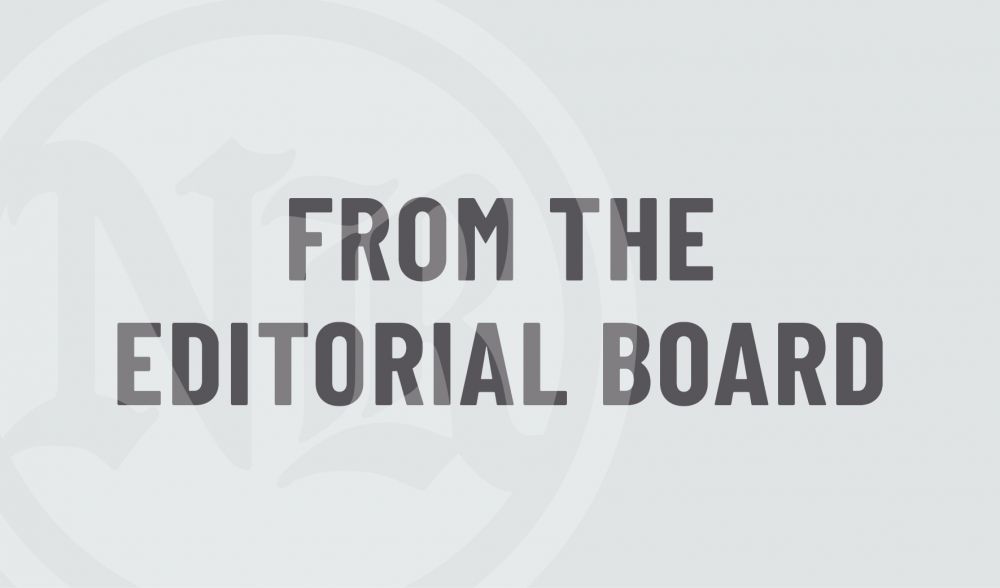Maybe it's time our planners revived mobile home option

According to MHVillage, a national mobile home brokerage, a dozen mobile home parks were developed in McMinnville in the quarter century extending from 1972 to 1997. Together, they served to accommodate more than 1,000 units of affordable, factory-built housing for local families.
And in the quarter century since, extending from 1998 to 2023? Nada. Zilch. Zero. Nary a one.
That suggests we are overlooking one of the best options available to meet the demand for habitable quarters at a manageable prince point — a daunting challenge everywhere, but all the more so in a West Coast wine country community marked by soaring lot and home prices.
We appear to be doing a better job with other options — duplexes, triplexes, apartment complexes, tiny homes and single-family developments spaced tightly enough to significantly reduce land costs. So why did we eliminate the mobile home option from the mix just as it seemed to be making more sense than ever?
There’s no simple, easy, one-size-fits-all answer.
NIMBYism certainly plays a role, but what is it about modern, well-kept developments like Kathleen Manor and Olde Stone Village that puts off prospective neighbors? We find nothing objectionable about them at all.
If massive multi-story apartment complexes can survive the usual litany of objections, a torrent of traffic typically leading the list, then why not well-planned, well-designed and largely self-contained mobile home communities? Would we rather put up with people making do in tattered tents and battered RVs, tucked into makeshift havens all around about town?
After all, we’re not talking about your grandfather’s single-wide here. We’re talking about spacious, high-quality double- and triple-wide units with style and amenities — about 80% of which never make a second move, belying the “mobile” nomenclature.
Nationally, more than 20 million mobile homes are currently in use, evenly divided between rural and urban settings. In urban settings, occupants typically own their own unit, but rent the lot it sits on.
Since federal standards were substantially upgraded in 1995, the biggest difference has simply become being built in a factory instead of on-site. But it’s a big one in terms of efficiency, and thus cost.
A factory-built unit typically runs only 35% to 60% the cost of a stick-built unit, depending on size and features. And in mobile home communities, tight spacing results in lots often renting for no more than $400 a month, even in McMinnville.
As one recent study put it, “The relative affordability of mobile homes puts home ownership within reach of millions of households.” Another study called mobile home developments a form of “naturally occurring affordable housing,” meaning affordable without reliance on costly government subsidies.
Financing purchase of a mobile home, while also ponying up lot rent, isn’t within the reach of everyone.
But it fills an important niche, one that can serve as a bridge to future ownership of a conventional single-family residence on down the line. And that niche is being seriously neglected of late, both here and elsewhere.
The mobile home industry averaged more than a quarter million units a year in the 1980s and ’90s, but has been averaging less than 100,000 units a year since the turn of the new century. It blames negative perceptions, restrictive zoning, challenging market conditions, bank financing hurdles and supply chain issues.
It seems to us that a concerted city push to reintroduce the mobile home option into the local housing mix, accompanied perhaps by some zoning incentives, might go a long way toward turning the tide locally. Given the magnitude of the challenge we’re facing on the affordable housing front, we can’t afford to dismiss any option offering untapped potential.







Comments
CubFan
The News-Register is spot on with this editorial. We are bemoaning the high cost of affordable housing and have neglected a whole segment of the solution- “manufactured homes”. The term conjures images of dumpy parks with run down single wide “trailers” covered in tarps, and junk in the front yards. But, just as with traditional housing, one is more likely to find a well-planned community, with management enforcing regulations about the condition and appearance of the exterior of the home. McMinnville Manor, Heidi, Heather and Kathleen Manors, Olde Stove Village and Southwest Terrace are well-kept parks, providing affordable housing to many in our community. I do take issue with the lot rent figure stated in this article= $400 a month?! I challenge the editorial board about this number, which is likely about 10 years old. I do live in a manufactured home, with lot rent approaching $700 a month. Still a far cry from apartment rent. One concern that many manufactured home owners share is fear that the park owner will sell the land to a developer and then you are forced to move your home (not an option for most people), or worse yet, just walk away from your home. It’s a fear, but a risk most of us are willing to take because of the affordability of our rent. The city should be encouraging developers to build manufactured home parks as one part of the solution to the affordable housing crisis.